High Performance Time Series Object Storage for Computer Vision
Fast storage and retrieval for high-speed image and video data on edge devices and in the cloud
The Fastest Time Series Object Store
Comparative performance tests show that ReductStore has a clear advantage in handling image and video data, consistently outperforming Minio in both reads and writes across a range of file sizes. Thanks to its optimized architecture, ReductStore is also faster than MongoDB for blobs, with performance improvements ranging from 65% to 244%. It also outperforms TimescaleDB for blobs larger than 100KB. This makes ReductStore a solid choice for high-speed image and video workloads where performance is critical.
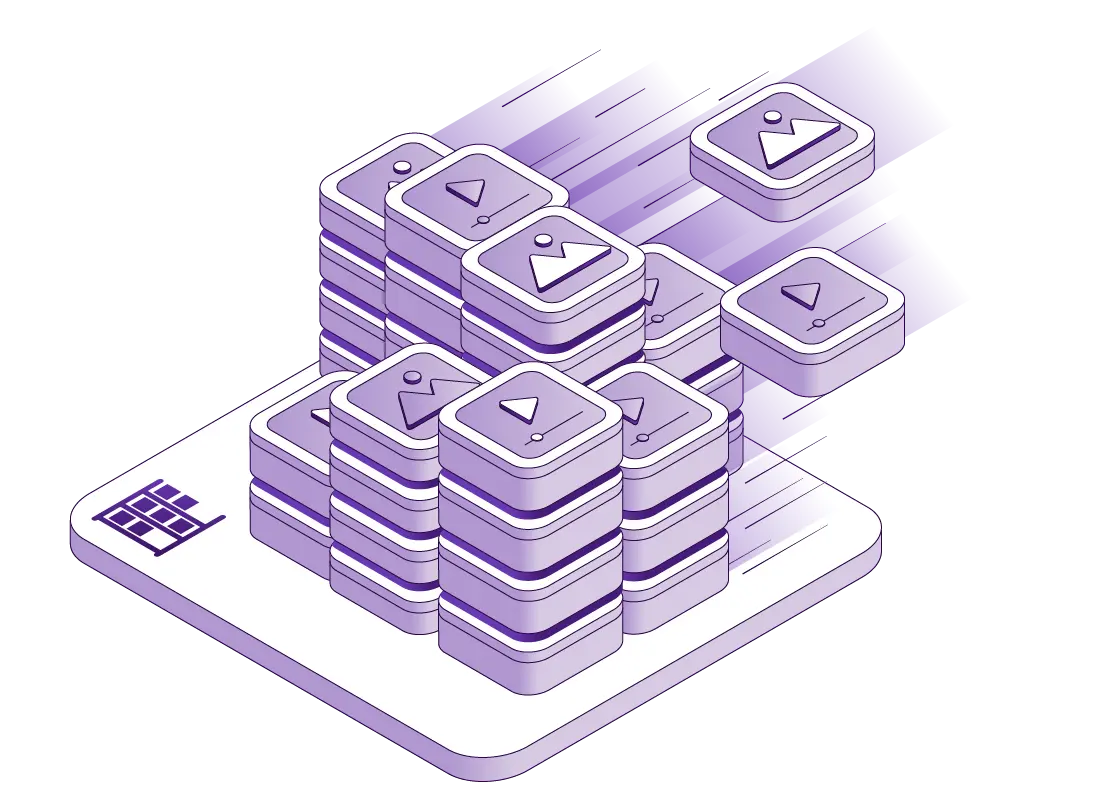
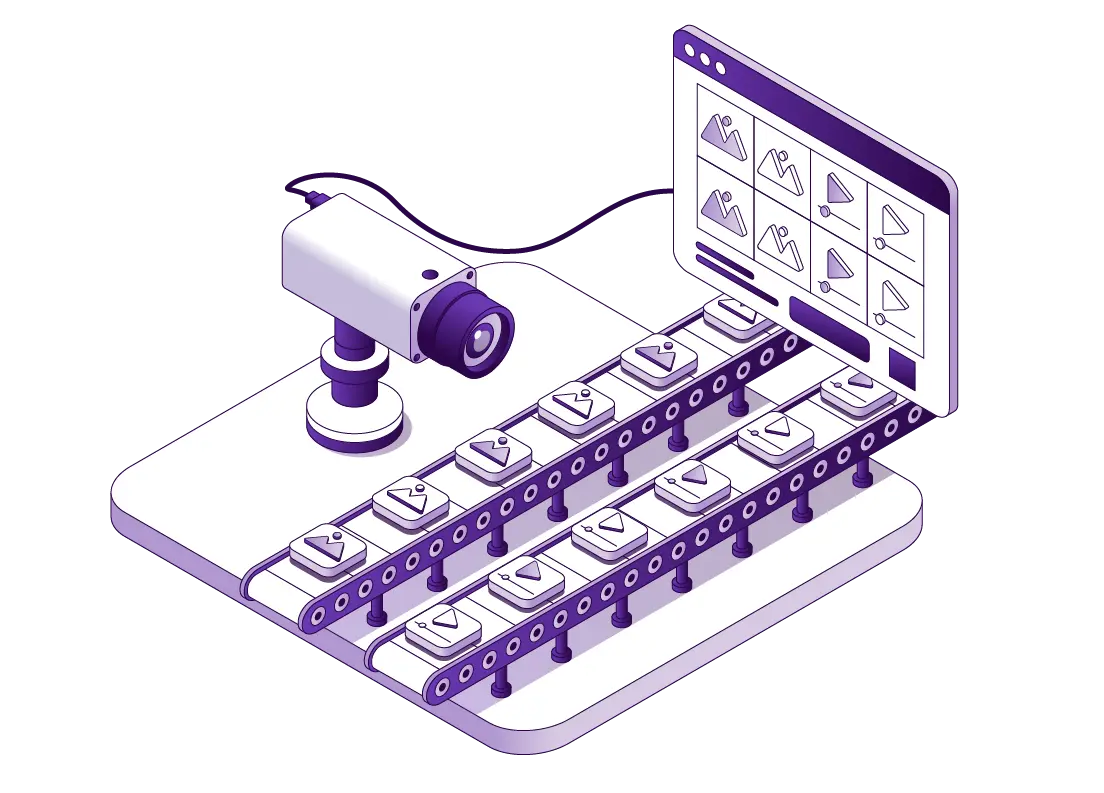
Time Series Storage for High-FPS Image and Video Data
ReductStore's architecture is specifically designed for high FPS computer vision applications that generate large amounts of unstructured data such as images and video. For example, in scenarios where multiple cameras are processed by a single edge device, ReductStore can efficiently ingest, query, and manage each frame in a time series format, with each image or video frame associated with a timestamp. This gives computer vision models instant access to historical and real-time visual data, taking full advantage of disk speed for both read and write operations, making it ideal for high-throughput environments where performance is critical.
Store Images, Videos, and AI Models
ReductStore is designed to handle and manage large amounts of unstructured data, with no limits on the size or type of data you can store. It allows the creation of multiple buckets, making it easy to store images, videos, AI models, or any other type of data in one place. This flexibility makes ReductStore an ideal solution for managing diverse datasets, ensuring that computer vision models and associated data can be stored together for streamlined workflows and continuous tracking of model iterations.
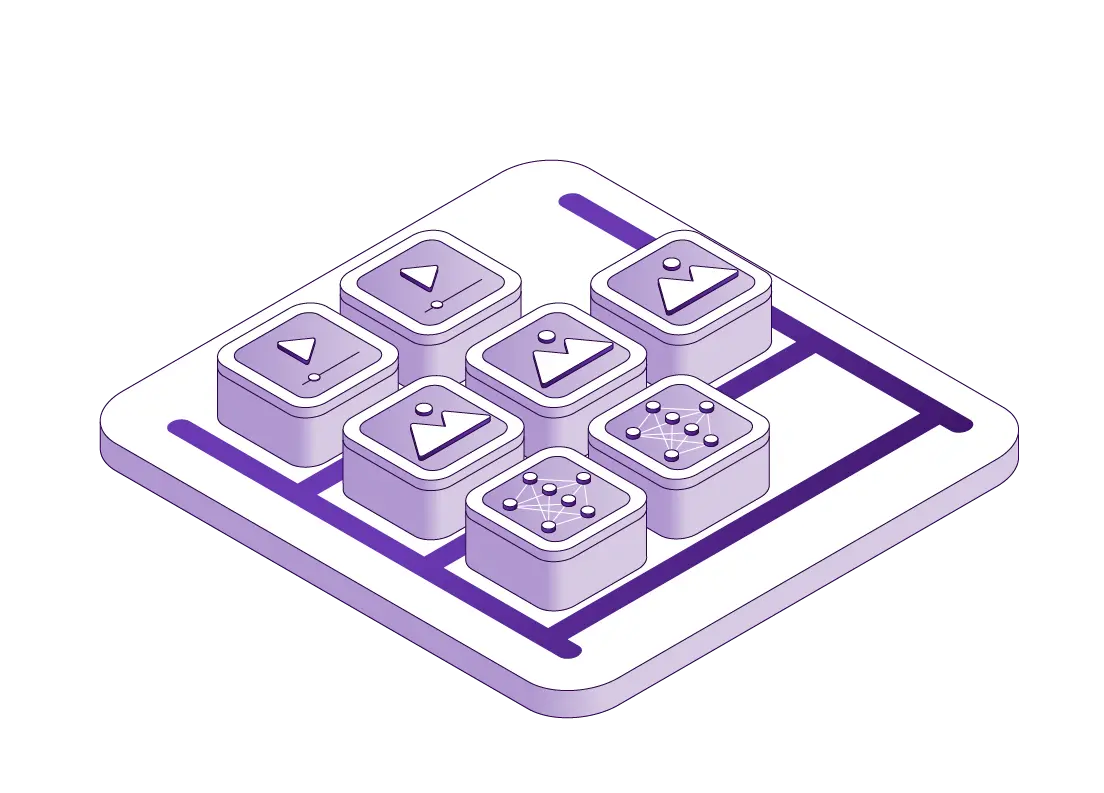
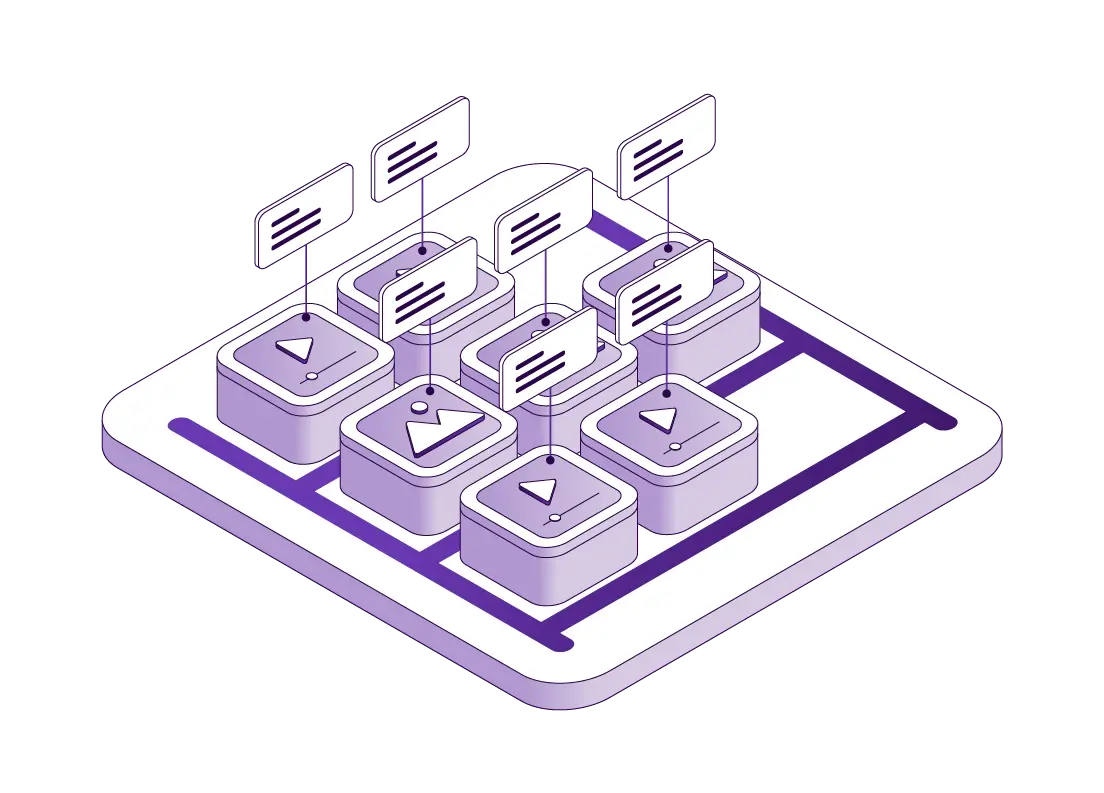
Storing AI Labels and Metadata for Every Record
ReductStore can store metadata, including AI labels, for any image or video in its database. For example, in object recognition tasks, an image can be tagged with AI-generated labels that specify object categories within bounding boxes, segmentation masks, or other visual characteristics. This labeling enables efficient storage of AI model output, making it easier to access and analyze inference results. By integrating metadata directly into the storage layer, ReductStore simplifies the data pipeline architecture, streamlining the handling of AI-generated insights and improving overall operational efficiency.
Data Replication With Label Filtering
Label filtering in data replication processes acts as an effective reduction strategy by ensuring that only essential data is synchronized across storage buckets, whether in the cloud or at the edge. This method is particularly valuable for reducing storage and bandwidth consumption in distributed systems where resources are limited. By filtering data based on AI labels or classifications, replication is targeted to include only the most critical images or videos. As a result, this selective approach minimizes unnecessary storage and network traffic, ensuring that both cloud and edge environments contain only the most relevant operational data.
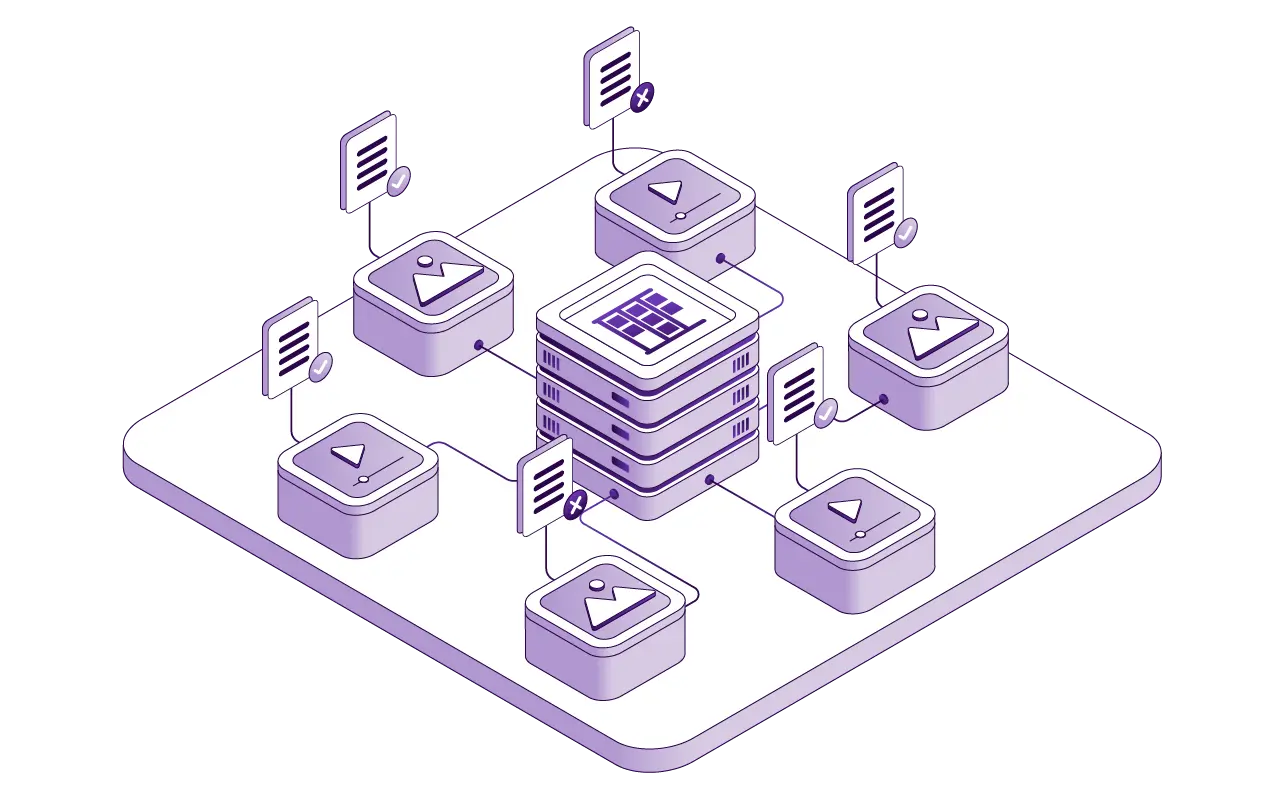
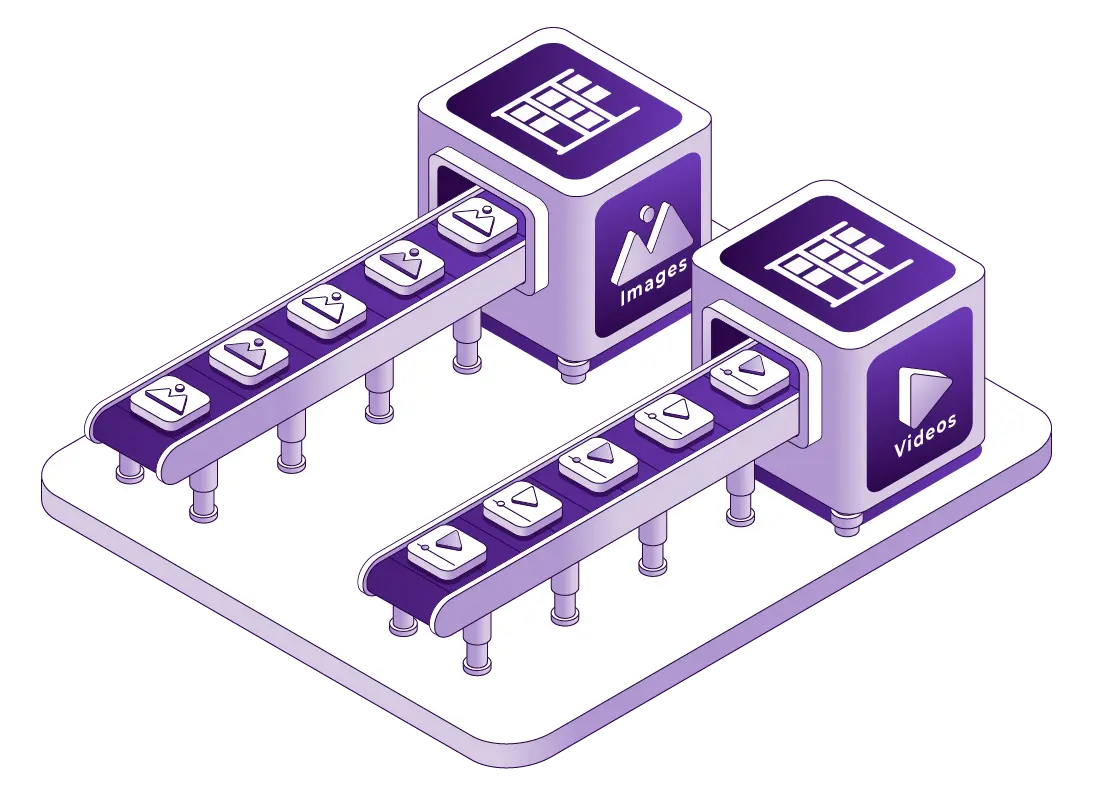
Real-Time FIFO Quota for Image and Video Streams
ReductStore's unique real-time FIFO (first-in, first-out) quotas based on data volume enable efficient management of high-throughput image and video streams. As new data is added, the system automatically removes the oldest data, ensuring continuous storage availability without manual intervention. This feature is particularly useful in scenarios such as surveillance, autonomous vehicles, and industrial monitoring, where large data streams can quickly fill storage. By focusing on volume rather than arbitrary time limits, ReductStore's FIFO quotas optimize storage utilization and keep systems running smoothly in high-speed data environments.